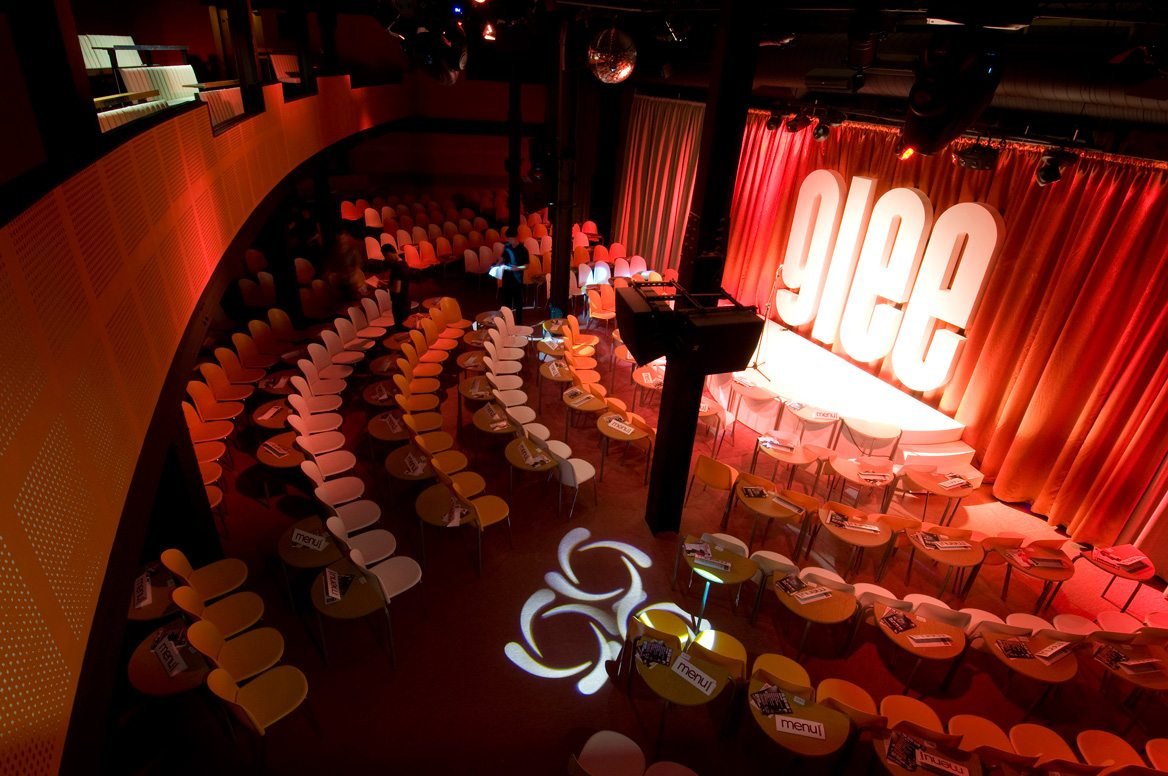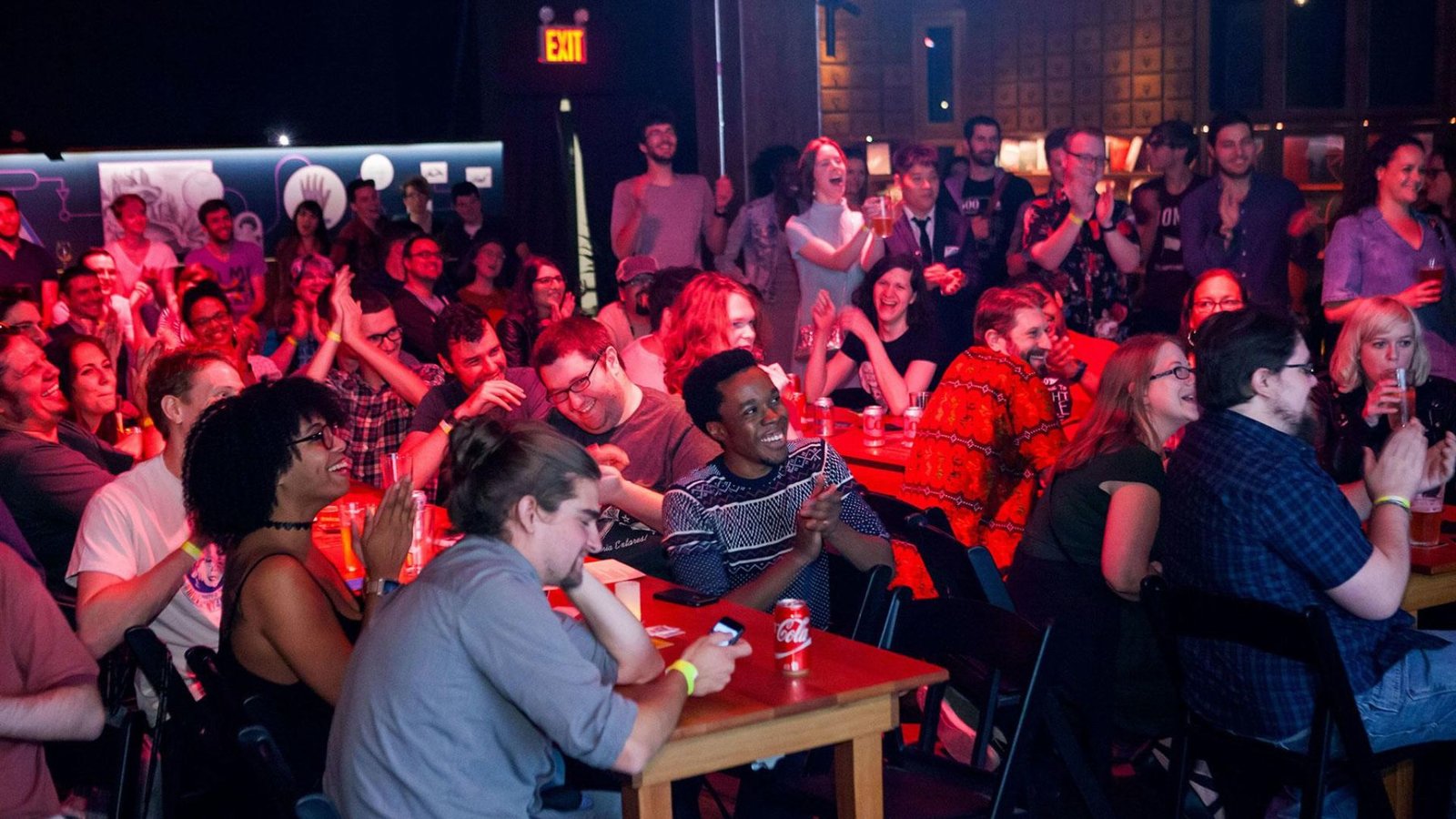Comedy venues and traditional theaters may seem similar at first glance, but they offer very different experiences for both performers and audiences. While traditional theaters have long been the go-to locations for plays, musicals, and concerts, comedy venues are specifically designed to enhance the unique energy of a comedic performance. Understanding the differences between these two types of spaces can help event planners, comedians, and audiences choose the right venue for a comedy show. In this article, we’ll break down the major distinctions between comedy venues and traditional theaters, highlighting how these differences impact the comedy experience.
1. The Purpose and Layout of the Venue
The primary difference between comedy venues and traditional theaters lies in their intended purpose and layout. Traditional theaters are designed with large productions, such as plays, musicals, and orchestral performances, in mind. They feature expansive stages, wide seating arrangements, and a focus on providing an immersive theatrical experience. The seats are often arranged in multiple rows with varying distances from the stage, which works well for performances where visual spectacle and dramatic effects are key components.
On the other hand, comedy venues are intentionally designed for stand-up and other comedic performances. They tend to be smaller, with a more intimate layout. Seating arrangements are typically closer to the stage, allowing for better audience engagement. This proximity fosters a connection between the comedian and the audience, an essential element for comedy. The layout of comedy venues is specifically designed to ensure that everyone in the room can clearly see and hear the comedian, creating an environment where jokes, timing, and audience reactions are key.
2. The Atmosphere and Ambiance
The atmosphere of a comedy venue is often relaxed, informal, and cozy. These venues aim to create an environment that allows the audience to feel comfortable and open to laughing. The lighting in a comedy venue is usually soft, and the décor tends to be simple, keeping the focus on the performer. It’s not uncommon to find comedy clubs with small tables and chairs, where patrons can enjoy drinks or food while watching the show.
In contrast, traditional theaters are designed to be more formal. They may have elaborate stage designs, grandiose lighting, and an emphasis on creating a polished, professional atmosphere. While this is perfect for dramatic performances, it can be more distant and less engaging for comedy. Comedy thrives in spaces where the audience feels as though they are part of the show, and this more laid-back, informal atmosphere is key to making that happen.
3. Acoustics and Sound Quality
Acoustics play a major role in the overall experience of a live performance. Traditional theaters often have advanced sound systems designed to project music, dialogue, and sound effects across large spaces. However, these systems are typically not fine-tuned for stand-up comedy performances. Comedy requires clear, direct sound, especially because timing and wordplay are integral to delivering jokes effectively. The acoustic setup in a comedy venue is specifically tailored for speech, ensuring that every punchline lands with precision.
Comedy venues generally have smaller, more intimate spaces with more direct sound systems. The acoustics are designed to minimize distractions, allowing the audience to focus on the comedian’s delivery without interference from echoes or unclear sound. This specialized setup ensures that comedians can maintain a tight connection with their audience.

4. Stage Size and Proximity to the Audience
The size of the stage and its proximity to the audience is another major difference between comedy venues and traditional theaters. In a traditional theater, the stage is usually large and elevated, allowing for elaborate sets, costumes, and performances that are designed to be seen from a distance. The physical separation between the performer and the audience is part of the theatrical experience. However, in a comedy venue, the stage is typically much smaller and closer to the audience. The comedian is often on the same level as the audience, creating a sense of direct interaction.
This close proximity allows for more spontaneous and interactive performances, with comedians engaging directly with audience members through crowd work, jokes, and improvisation. The smaller stage size in comedy venues also facilitates a more personal experience, where the comedian can make eye contact with the audience and adapt their performance to the room’s energy.
5. Ticket Prices and Accessibility
Comedy venues often have more affordable ticket prices compared to traditional theaters. The intimate nature of comedy venues and their smaller capacity mean that ticket prices are usually lower, making comedy more accessible to a wider audience. Many comedy clubs also have additional revenue streams, such as food and beverage sales, which can help subsidize the ticket costs.
Traditional theaters, with their larger seating capacities and elaborate productions, tend to have higher ticket prices. While these venues provide high-quality, large-scale productions, the cost of production and maintenance can be reflected in the price of the tickets.
Entertainment On the Go: From Jokes to Jackpots?
Just as Comedy.com is accessible anytime, anywhere, bringing laughter to your fingertips, other forms of online entertainment also offer convenience. If you enjoy the thrill of online gaming, the option to access an online mobile casino means you can potentially find entertainment during your downtime, wherever you may be. This accessibility allows you to seamlessly integrate moments of leisure into your day, right alongside your regular intake of comedic relief.
Conclusion
While both comedy venues and traditional theaters offer unique experiences, they differ greatly in terms of their design, atmosphere, acoustics, and overall impact on the performance. Comedy venues are built with the goal of fostering close audience interaction, ensuring that jokes and punchlines land effectively. They provide an informal, cozy environment where comedians and audiences can connect on a personal level. Traditional theaters, on the other hand, are grander, more formal spaces designed for larger-scale productions. For comedy events, choosing the right venue is key to delivering an unforgettable experience for both the comedian and the audience. Understanding these differences will help you select the ideal venue to suit your comedic needs




